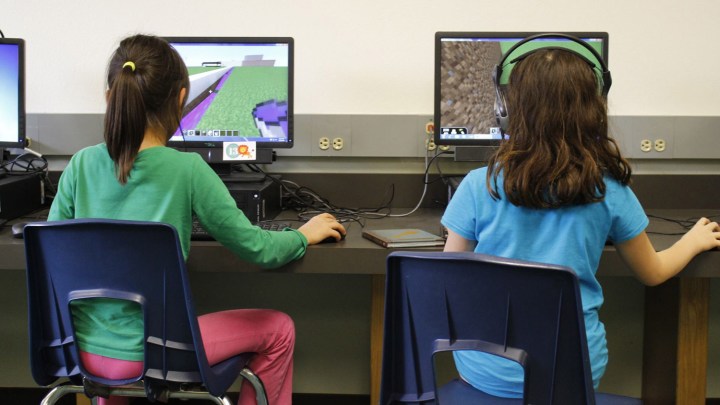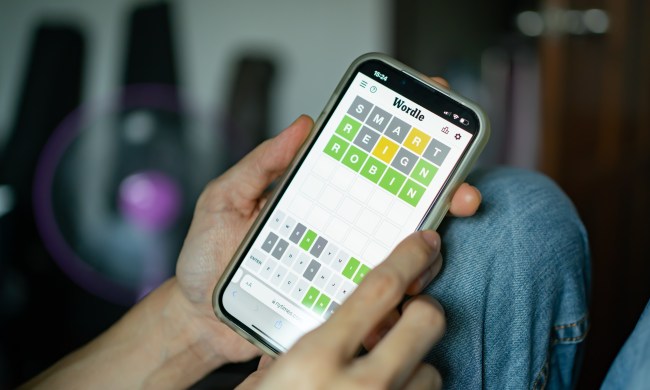
Most games enjoy remaining relevant during a release window spanning no more than the first few months, which is when games tend to sell the most. Meanwhile, Minecraft has sold over 100 million units to date, helped in no small part to its availability on a multitude of platforms.
Related: Download Minecraft Pocket Edition for your device for on-the-go play
Given its simple graphics and enormous creative possibilities, it’s no surprise that Minecraft also has seen huge success in the younger generation. These blossoming gamers can mine blocks and then use them to create defenses against enemies, or they can play around freely and create whatever they want. You can choose one of five different game modes, but you can boil it down to either playing or creating. The game’s creative mode is the component that engages players to recreate things like the U.S.S Enterprise from the Star Trek series, or the main capitol from Game of Thrones.
For kids, a playground that allows for all these different creations is driving their understanding of computational thinking. The report argues that this is one of Minecraft’s most powerful effects. It’s no surprise then that Microsoft announced Minecraft: Education Edition.
Minecraft’s worlds are enormous; an unaltered world consists of up to 60 million blocks. The block that drives this computational thinking is primarily the redstone, which allow players to experiment with logical functions and create other games inside the game itself. Some players have even created functioning computers. These stones basically work like electrical circuits, and specific objects you create inside the Minecraft world will be activated and perform a predetermined action when activated by a redstone. Of course, you can also connect redstones to one another, opening up a whole slew of possibilities. Working like this requires a lot of rewiring, and things won’t always work the way you imagine.
Kids are learning to engage in a visual form of debugging, where they have to experiment and find the issue. The report mentions a fifth-grader that tried creating a redstone door that didn’t open when activated, so she had to track down the failing component of her redstone setup and fix it manually.
Young gamers are learning problem solving by playing around in digital worlds, and they’re doing it in a way that resembles programming logic. Thus Minecraft is, perhaps, teaching our kids to learn programming more effectively than our educational systems.


